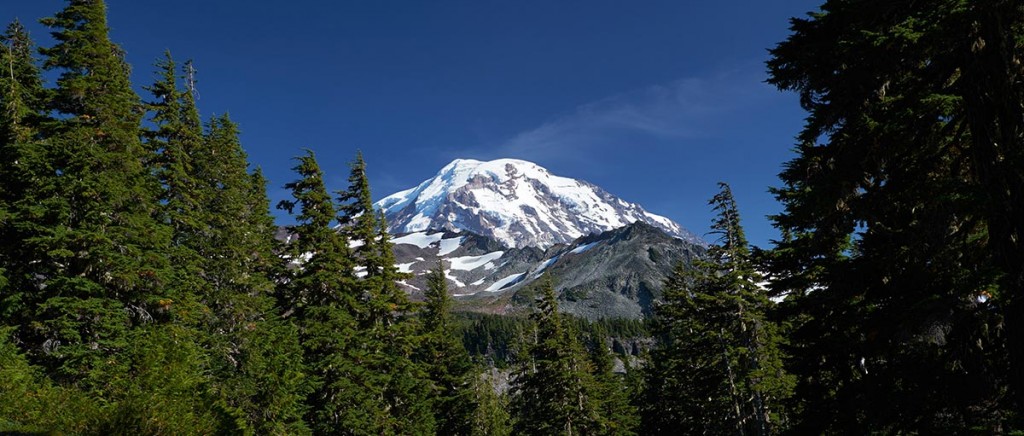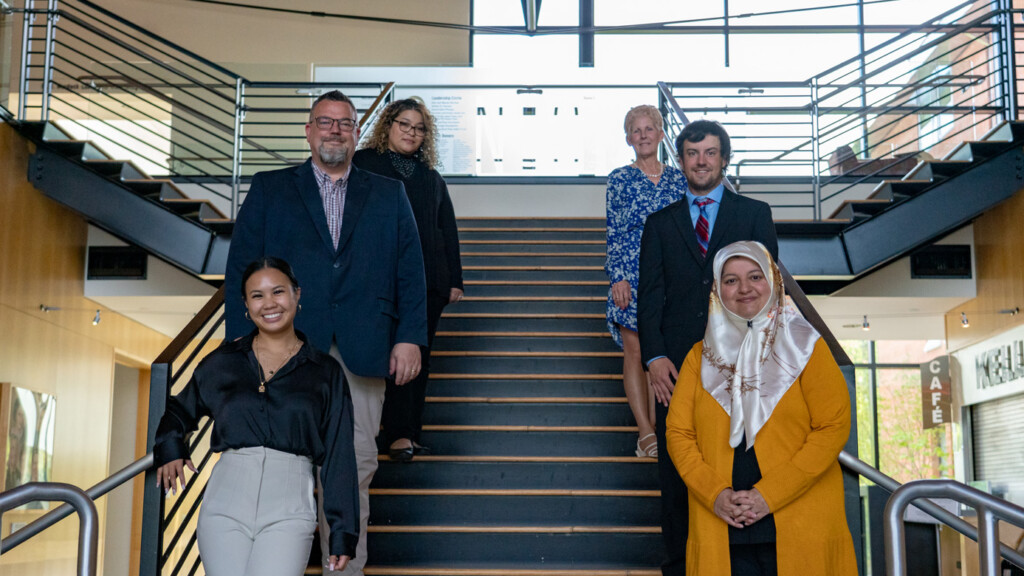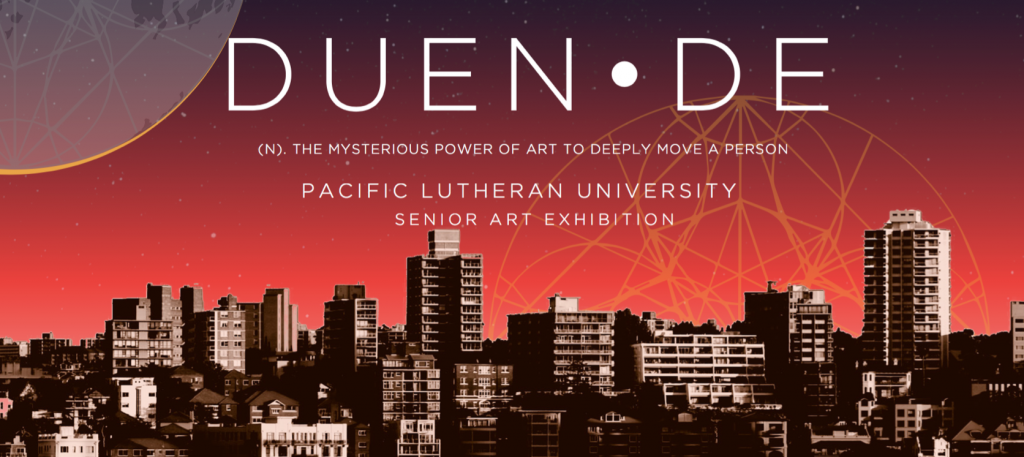Page 110 • (1,395 results in 0.075 seconds)
-

By the time she earned the university’s highest degree, she left with more than a shiny new title. The nurse practitioner for Providence Medical Group at Hawks Prairie Internal Medicine in Lacey,
to study finance because it aligns with her professional goals. “Financial markets and strategies are important in changing people’s lives and crucial in modern societies ,” She said. “I believe this will enable me to help develop my country.”“I am very interested in Nonprofit where I can connect with people to improve the quality of life.” Andre said, “I did not come here alone, a lot of people guided me and made this journey with me, which has been essential in my success so far. I want to have
-

Q&A With Professor Michael Stasinos and Associate Professor Bradford Andrews By Shunying Wang ’15 PLU Marketing & Communications Student Worker TACOMA, WA (Jan. 16, 2015)—In a groundbreaking merger of art and anthropology, Pacific Lutheran University Art Professor Michael Stasinos has been developing important historical illustrations…
actual painting. I drew on the plastic, and if the figure didn’t work at one place, I erased it out and rearrange and such. When it was finally ready, I would then transfer it onto the actual painting (see image at left). At the very last stage, I used Photoshop for minor retouches. In early time, for instance, if the sky on the painting was not bright enough, the painter would have to go back and physically paint the sky brighter. So now with the help of modern technology, I could use Photoshop for
-

In recognition of the 500th anniversary of the Lutheran reformation, throughout the 2016-17 academic year a wide range of academic, community and artistic events at Pacific Lutheran University will address questions and concepts relating to Re•forming. UPCOMING EVENTS Second Annual César Chávez & Dolores Huerta…
professor Dr. Douglas Oakman, Ph.D. will offer comments during the musical presentation. Illuminations from The Saint John’s Bible will be featured throughout the program. The Garden of Earthly Delights: The Song of Songs in the Early Synagogue March 23 | 7:30 p.m. | Anderson University Center (Scandinavian Cultural Center) While most modern scholars read the biblical Song of Songs as a collection of secular love poems, in antiquity it was understood to be an encoded account of God’s love for God’s
-

The world of business is always changing. Markets trend up and down, technologies evolve, and ethical standards constantly progress. To many private-sector veterans, this rate of change can be daunting, but to students and faculty members at Pacific Lutheran University’s School of Business, they are…
not only on the skills students will need in the future, we also focus on the timeless skills that we know are critical.” “Students need to be ready for 2030 via their skills, though they also need to be highly effective communicators, teammates, innovators and leaders,” continues Mulder. “We seek to help students stay ahead of the curve, and as we see in the success of our alumni, a PLU business degree is a great foundation for an excellent career.”A Modern Approach Somaye Nargesi, a third-year
-

TACOMA, WASH. (Aug. 10, 2016)- Typically, summer allows college students to take advantage of free time that’s hard to come by during the academic year. But for many Lutes, summer is a time to work hard and continue their vocational endeavors. Students travel, work internships…
and a community member.” Dela Cruz double majored in history and literature. She also studied away for a January Term in Manchester, England, and a semester in Oaxaca, Mexico. She said she hopes to go to graduate school in a few years to study student affairs. Eventually, she hopes to work at a university in academic advising or leadership, specifically to help students of color and first-generation students. She said he is always thinking about her one wild and precious life, thanks to her time
-
Course Development Stipends For new or existing courses in the Innovation Studies Minor With the generous support of donors to the Innovation Studies program, the INOV Steering Committee invites all PLU faculty to submit a proposal for a stipend to support the development of a new or existing course in the Innovation Studies minor. Options...
to: Analyze: Identify and evaluate prominent examples of innovation in historic and contemporary contexts; Design: Summarize the essential stages of the design thinking process (empathize, define, ideate, prototype, and test); Make ethical decisions: Construct an ethical framework to evaluate and critique new innovations; Team: Form a project team and negotiate appropriate roles for each member; articulate why diverse teams are essential for the innovation process; Innovate: Collaborate with
-
Amanda Dodson, Senior Capstone Seminar About 37% of U.S. adults are diagnosed with Metabolic Syndrome (MetS), which is the combination of metabolic risk factors including insulin resistance,
David Yun, Senior Capstone Seminar The unique molecular composition and different physical properties have increased the use and interest of nanocrystal technology within modern-day society. Specifically, the control of size and shape has been of high interest for applicational uses like drug delivery, electronics, and optoelectronics. Nanocrystals are comprised of tiny atoms that are less than 1000 nanometers in size that vary in their size, shape, and configuration. In this paper, we are concerned
-

The Spanish word, Duende (du-end-ay), has come to refer to the mysterious power that art has to deeply move a person. Soon-to-be graduates in the Department of Art and Design chose this word to rally around for their senior exhibition in the University Gallery, opening…
raised in the Inland Northwest of Washington State. After crossing the Cascades, she began working toward a double major in studio art and English literature at Pacific Lutheran University in Tacoma, WA, with the intent of becoming a secondary educator in the field of art or English. While not attending to her own education, she spent her summers away from college teaching preschool and elementary school aged children ne arts at the Corbin Art Center in Spokane, WA. Like the children she taught, art
-
What are you doing next Summer? If you're interested in history, innovation studies, or a range of allied topics, you may want to consider a Benson Student-Faculty Summer Research fellowship, which
and the local business community in Portland, Oregon, in order to understand the impact of the business community on queer activism in the 1990s and beyond. The project made intensive use of archival materials in the Portland area, including records from community spaces, local businesses, political groups, activists, and consumers. The project also engaged the historiography of modern capitalism, local business history, and civil rights movements. Katherine’s faculty sponsor was Dr. Rebekah
-
The PLU M.B.A. program offers two tracks: a general M.B.A. in Business Administration and an M.B.A. in Management Science & Quantitative Methods.
business decision making. (4) BMBA 513 : Marketing Management A practical approach to understanding and applying customer-directed marketing strategies for achieving organizational goals. Students will examine theoretical concepts and apply contemporary approaches to the marketing of services, products and ideas in business, public, and nonprofit organizations. (4) BMBA 515 : Organizations, Leadership, and Change Management The leader's role in creating organizational designs, processes and cultures
Do you have any feedback for us? If so, feel free to use our Feedback Form.


